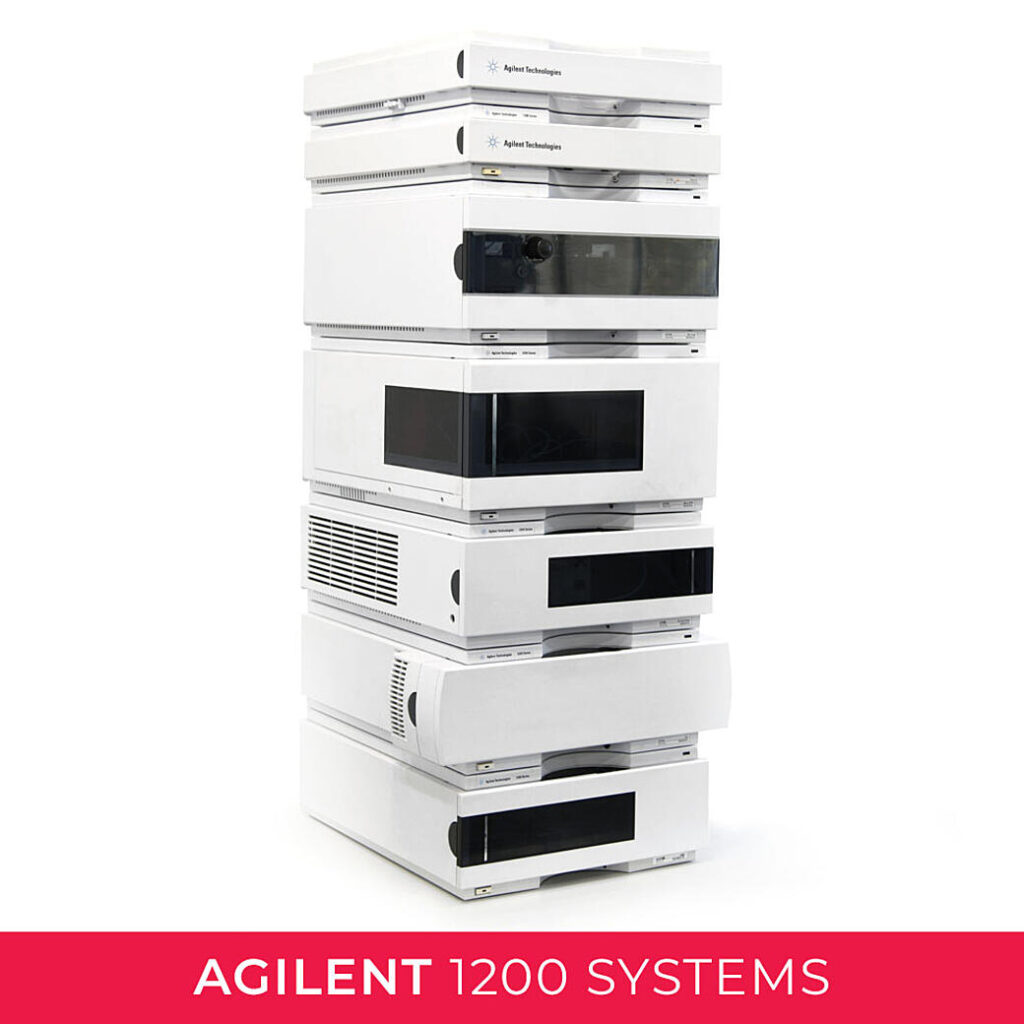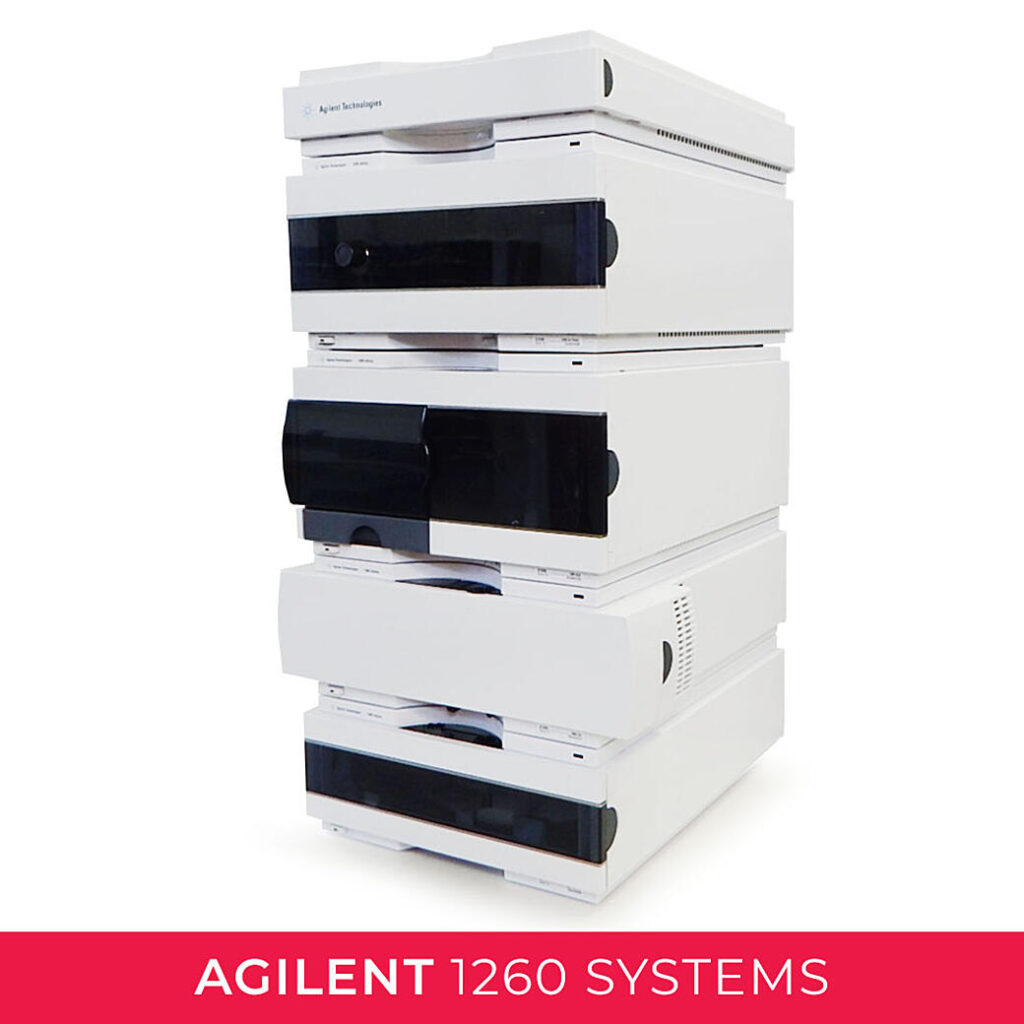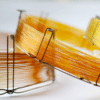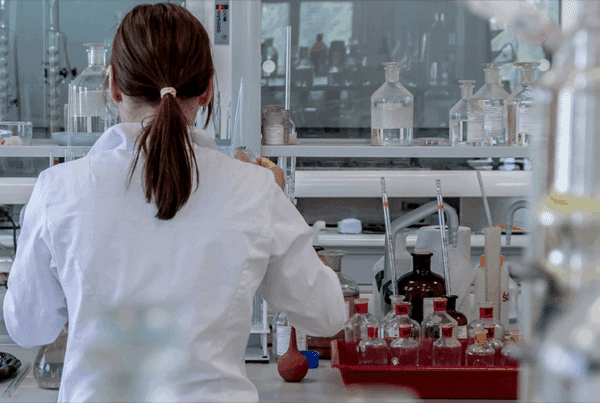High-Performance Liquid Chromatography (HPLC) is a powerful analytical technique used in various industries to separate, identify, and quantify compounds. In the world of chromatographic analysis, precision reigns supreme. Tightly spaced peaks, excellent reproducibility, and minimal baseline drift – these are the hallmarks of a well-optimized HPLC system. But achieving such precision requires a delicate balance between instrument parameters, sample preparation, and analytical strategy.
For this #TechTip, let’s delve into some essential tips for maximizing the performance of your HPLC system for unwavering precision and confidence in your scientific results.


Master the mobile phase; it’s the lifeblood of your analysis.
- Solvent selection: Purity matters. Choose HPLC-grade solvents – high-purity solvents and ultrapure water – and regularly degas to eliminate pesky air bubbles. Consider buffer additives to enhance peak shape and stability.
- pH control: A stable pH is crucial for consistent retention times. Even slight pH variations can significantly impact retention times and peak resolution. Monitor pH throughout your analysis and adjust buffers as needed.
- Sample preparation is key! Invest in high-quality syringe filters and pre-filters for your HPLC system to eliminate unwanted particles that can clog the column and cause peak broadening. Concentration also matters; dilute samples appropriately to ensure optimal separation and avoid overloading the column. Consider derivatization if your analytes lack chromophores or require enhanced sensitivity.
- Flow rate: Optimize flow rate for efficient separation and resolution. Start with manufacturer recommendations and fine tune, based on your specific analytes.
Consistency is key. Degraded mobile phases wreak havoc on retention times and peak shapes, introducing unwanted variability. Ensure meticulous preparation, using degassed HPLC-grade solvents and freshly prepared buffers. Filtration removes particulate contaminants, further safeguarding stability.
Tame the temperature beast
- Temperature fluctuations impact retention times and peak shapes, compromising data accuracy. Invest in a column oven to maintain consistent temperature throughout the analysis. Consider pre-warming the column and mobile phase before starting the run.
Injection Technique Matters
- Sample injection technique can make or break precision; master the art of injecting accurately and reproducibly. Automate sample injection for increased precision and reproducibility. This minimizes human error and ensures consistent injection volumes. If you must use manual injection, employ a high-quality syringe and practice injecting the sample quickly and consistently. Even the slightest air bubble can distort peak shapes and compromise reproducibility.
Column selection and care is crucial
- Choosing the appropriate HPLC column for your specific application is crucial for achieving precision in separations. Consider important factors such as particle size, stationary phase chemistry, and column dimensions. Regularly inspect and maintain columns to prevent deterioration, ensuring consistent and reliable performance. Replace the column promptly when necessary.
- Equilibration: Always equilibrate your column with the mobile phase before injecting samples. This ensures consistent retention times and peak shapes.
- Regeneration and cleaning: Follow manufacturer recommendations for column regeneration and cleaning procedures. This extends column life and prevents ghost peaks.
- Storage: Store your column properly when not in use. Flushing with appropriate solvents and capping the ends will protect the stationary phase.
Consistent instrument calibration and verification
- Regular calibration is key to maintaining precision in your analyses. This includes verifying system performance, and calibrating the flow rate, detector sensitivity, temperature, and other parameters. Equipment should be calibrated at least twice yearly, and preferably, quarterly.
System maintenance
- System maintenance goes hand in hand with calibration and verification. Regular preventive maintenance keeps your HPLC humming with precision. Replace filters, check injector cleanliness, and calibrate pumps and detectors at prescribed intervals.
Protect your data
- Data is king. Employ robust data acquisition and analysis software. Regularly back up your chromatograms and implement version control to avoid data integrity nightmares.
Embrace quality control
- Implement quality control (QC) procedures: Inject QC samples throughout your analysis to monitor system stability and data accuracy. Analyze QC data regularly and take corrective action if necessary.
- Document everything: Maintain a detailed logbook of your HPLC runs, including instrument conditions, sample preparation procedures, and QC results. This documentation will be invaluable for troubleshooting and ensuring data reproducibility.
When it comes to scientific analysis, precision is non-negotiable. Whether your HPLC system is new, used or refurbished, by diligently applying these tips, you can ensure it delivers reliable and reproducible results that fuel your scientific endeavors. Remember, precision is not just a technical detail; it’s the foundation of trust in your data and the cornerstone of robust scientific inquiry.
GenTech Scientific is a trusted partner for laboratories seeking to optimize precision in HPLC. With proven expertise and an extensive inventory of quality, refurbished HPLC systems and components available, GenTech Scientific can keep your HPLC systems performing at peak capabilities.







